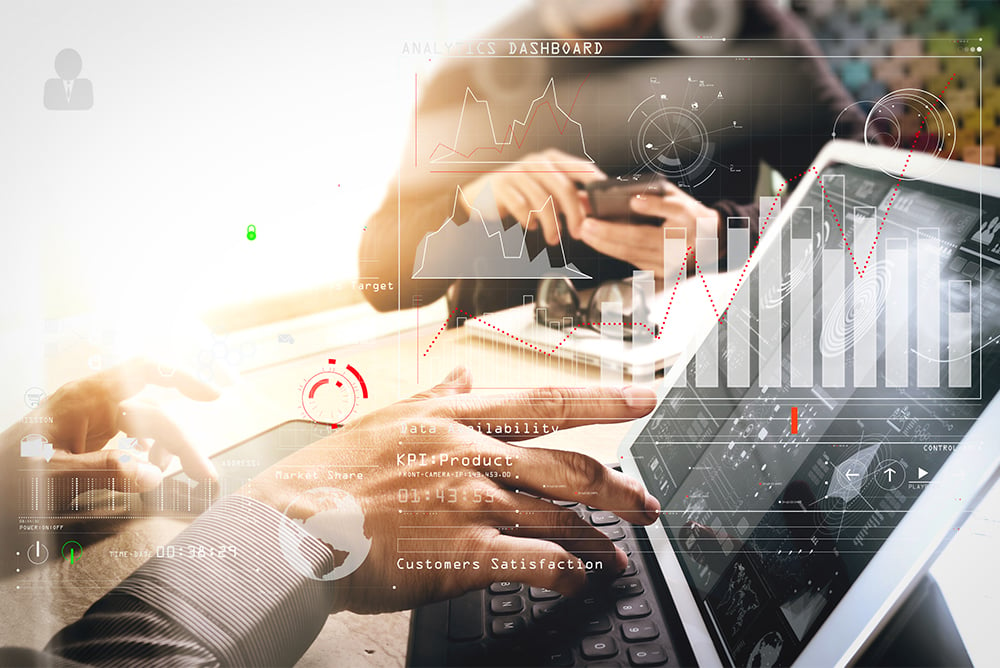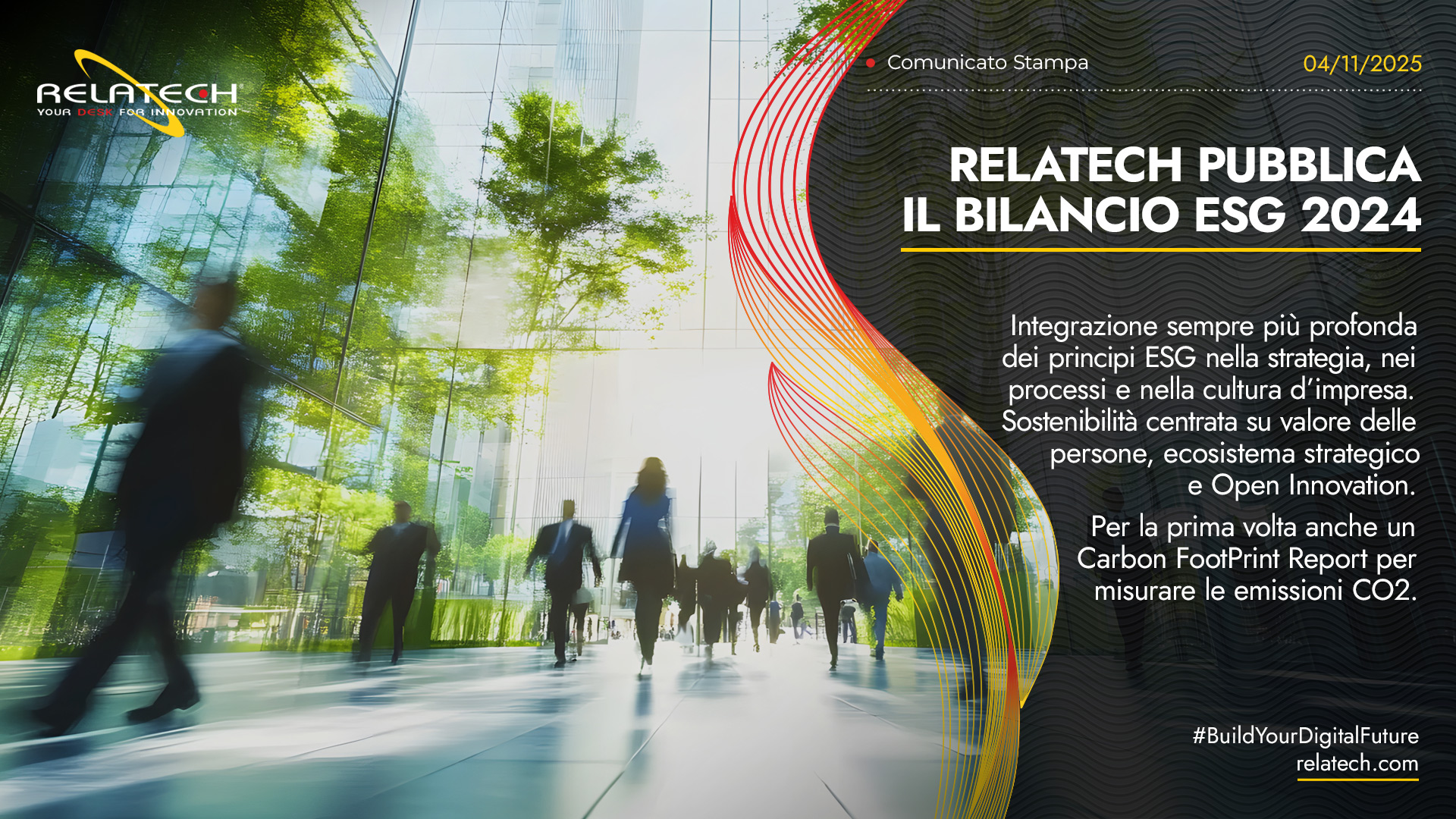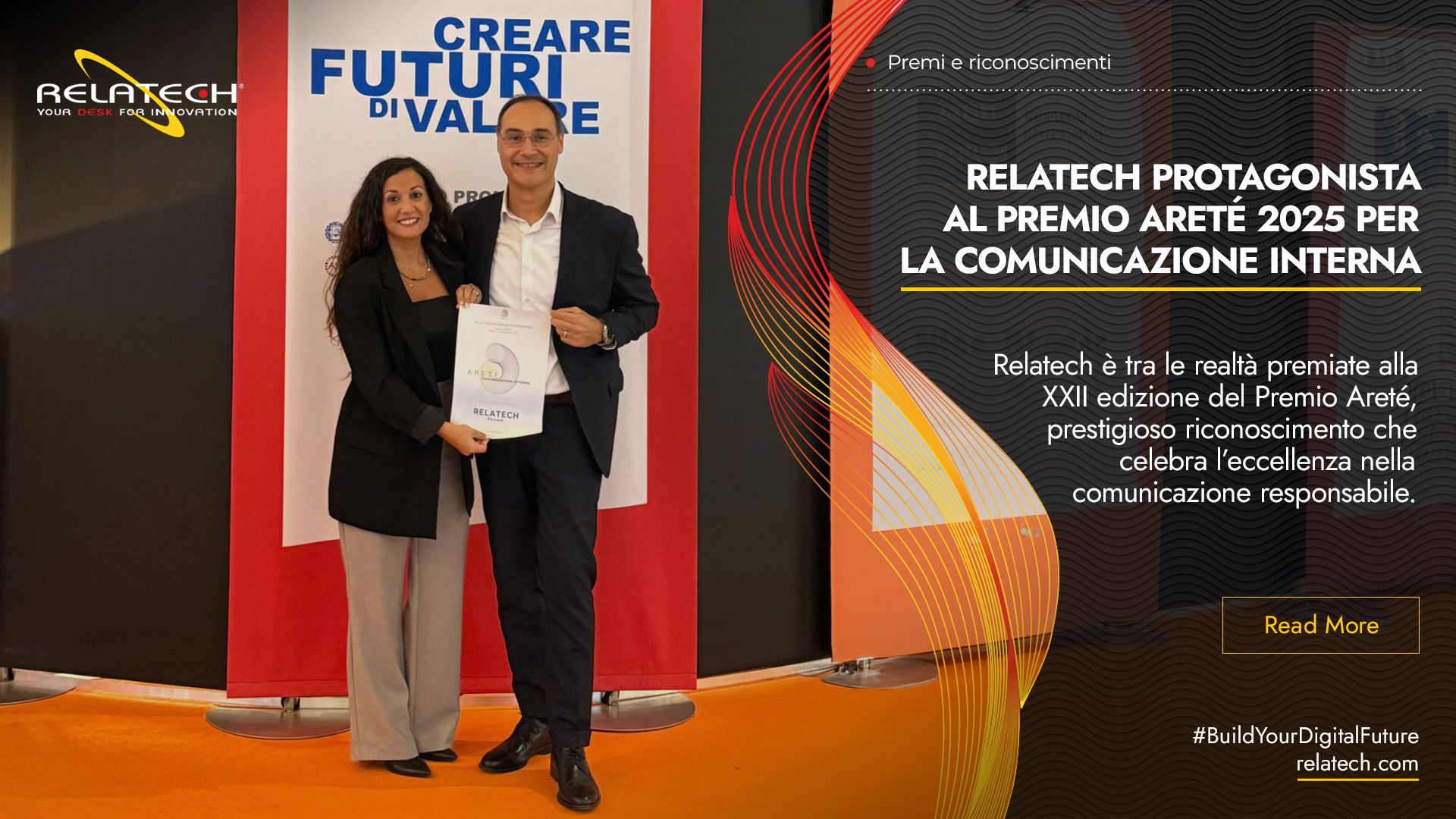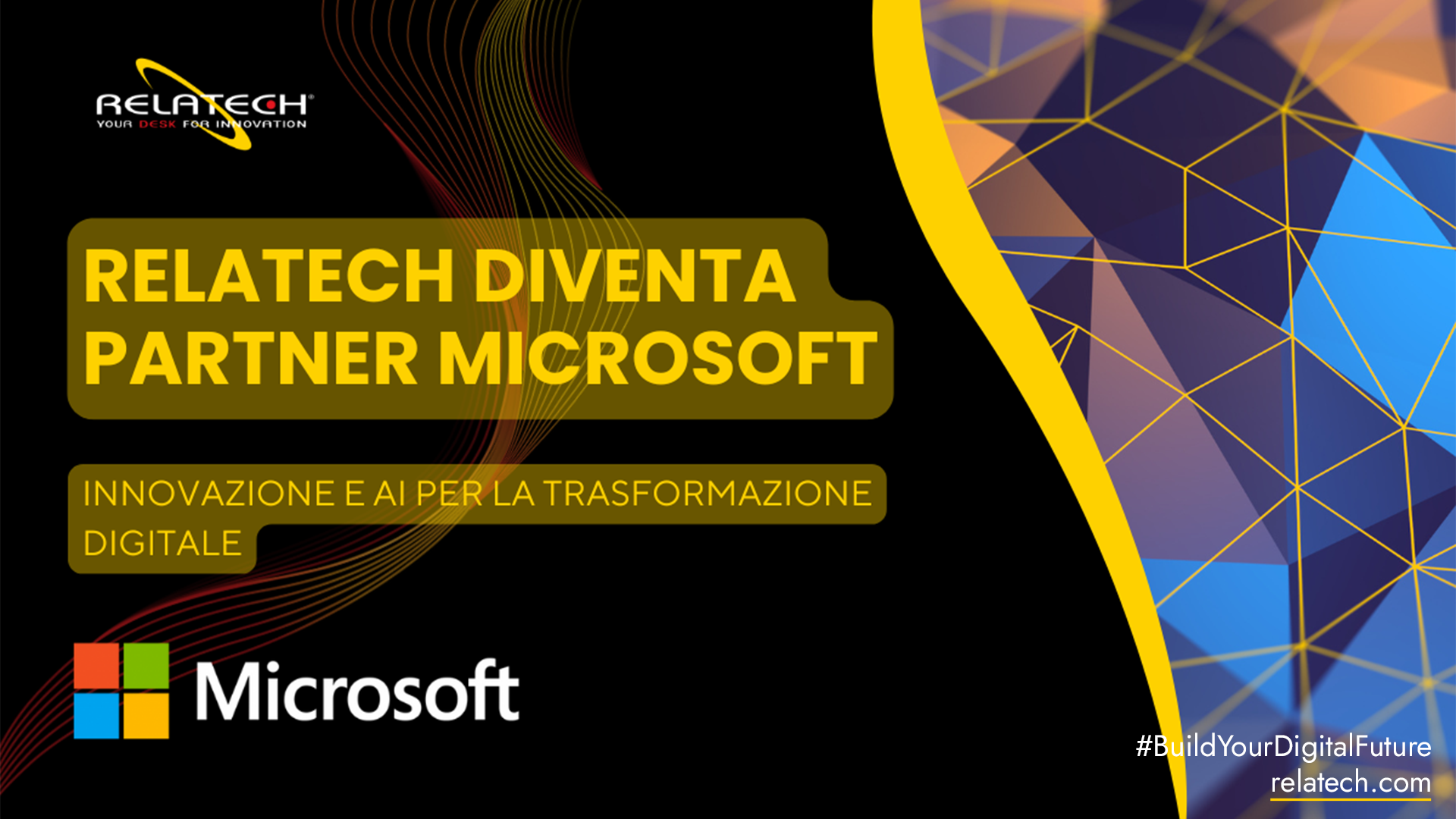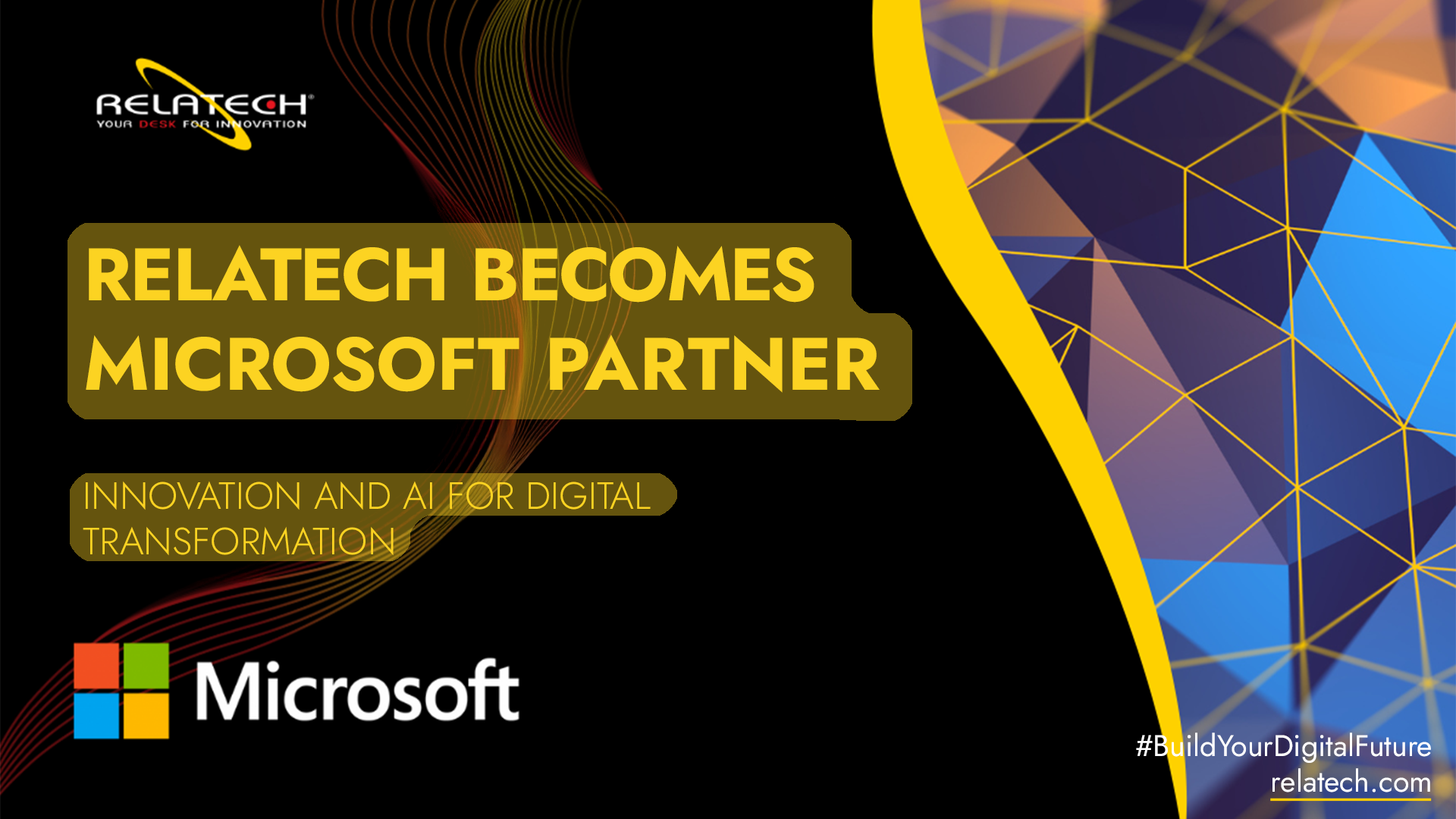Big Data are a "treasure" that can enrich the company, providing you to know how to transform them into an added, measurable and lasting value. The most advanced technological platforms support the Chief Technology Officer (CTO) in this important and at the same time delicate phase: exploit Big Data to improve business processes.
Collecting, storing, segmenting and processing data are all indispensable operations, but they alone do not allow us to extract all the potential value from the flow of information that comes from the various "points of contact" (both physical and digital touchpoints) between the company and its customers.
5 ways to extract value from data in different business environments
Here are five concrete examples, concerning different areas and business areas, which explain how to transform Big Data into value through the support of an integrated software platform capable of automating a series of activities:
- Making energy efficiency This aspect is essential especially for the so-called "energy-intensive" companies with high annual electricity / gas or other fuel needs. With the continuous monitoring of energy consumption data, it is possible to identify waste and inefficiencies in the various business areas and to understand where it is more convenient to apply certain solutions and technologies (replace an old generator, modify the lighting system and so on), in so as to reduce the expenses in the bill.
- Predicting actions and behaviors Aggregated analysis of data helps to know in advance the preferences of consumers and their purchase intentions. Forecast models on people's future behavior are increasingly used in various business sectors, not only in sales but also in logistics to optimize the overall management of the warehouse (orders, shipments, product assortments). Predictive analysis with machine learning algorithms can be carried out by relating physical reality to digital reality via Wi-Fi sensor networks, video cameras, beacons and web-connected objects (this is called IoT technologies, Internet of Things). The goal is to create "smart" spaces in which to follow people's actions, for example in a supermarket, to understand in which areas customers spend more time shopping, what kind of products they buy, if they are attracted by some promotion on the shelves.
- Defining personalized marketing strategies Closely linked to the forecast analysis of purchasing trends, is the development of marketing plans tailored to customer needs, to increase involvement and loyalty to the brand. The added value comes from the number of "positive actions" made by users: purchase of products and services (with a reduction in the number of "abandoned carts"), participation in events and promotional campaigns, use of points cards, decision to return to a shop, simultaneous purchase of related products or products with better features (and therefore higher prices) than those initially considered.
- Tracing the origin of raw materials There are industrial supply chains where the supply chain of raw materials is particularly long and complex. An example concerns the supply of woody biomasses for the production of electricity: through the analysis of Big Data and blockchain protocols, each passage from one supplier to the other can be controlled, so as to certify the correct origin of the product which is indispensable for obtaining certain economic advantages, such as the public incentives paid to "sustainable" biomass from an environmental point of view.
- Increase transaction security In this case, the added value of Big Data depends on the company's ability to protect customer privacy, avoid data loss, protect IT systems from cyber-attacks, in order to reduce costs from support for the recovery of attacked / damaged devices. Furthermore, blockchain algorithms can greatly increase the level of security, speed and transparency of payments and other operations (such as the signing of contracts).
